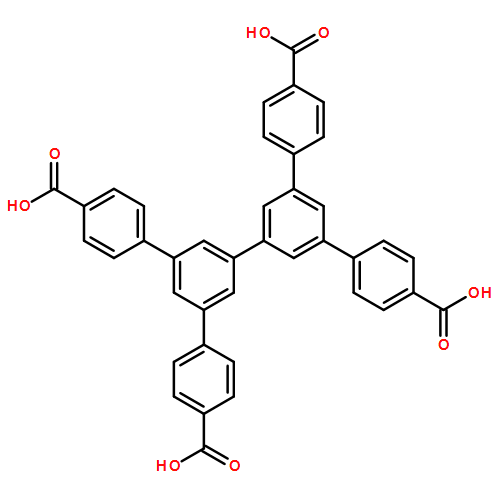Co-reporter: Jiandong Pang, Shuai Yuan, Junsheng Qin, Caiping Liu, Christina Lollar, Mingyan Wu, Daqiang Yuan, Hong-Cai Zhou, and Maochun Hong
pp: 16939-16939
Publication Date(Web):October 26, 2017
DOI: 10.1021/jacs.7b09973
Ligands with flexible conformations add to the structural diversity of metal–organic frameworks but, at the same time, pose a challenge to structural design and prediction. Representative examples include Zr-tetracarboxylate-based MOFs, which afford assorted structures for a wide range of applications, but also complicate the structural control. Herein, we systematically studied the formation mechanism of a series of (4,8)-connected Zr-tetracarboxylate-based MOFs by altering the substituents on different positions of the organic linkers. Different ligand rotamers give rise to three types of structures with flu, scu, and csq topologies. A combination of experiment and molecular simulation indicate that the steric hindrance of the substituents at different positions dictates the resulting MOF structures. Additionally, the controllable formation of different structures was successfully implemented by a combination of linkers with different steric effects at specific positions.
